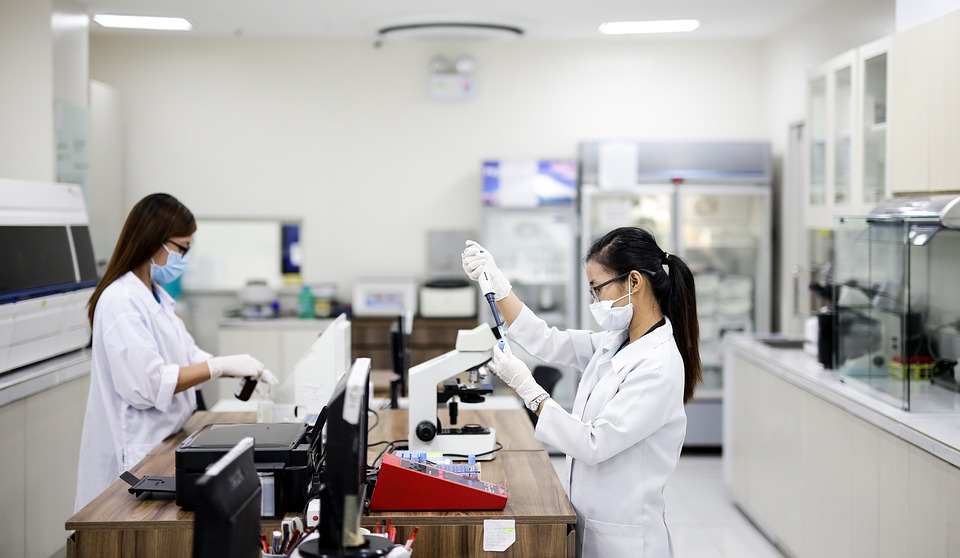Where is the Australian Iron Ore industry headed now that COVID-19 has changed the world?
The Australian iron ore sector emerges from COVID-19 with opportunities to expand and diversify, but Chinese boycott remains a risk
The Australian iron ore sector emerges from COVID-19 with opportunities to expand and diversify, but Chinese boycott remains a risk
In spite of the economic implications of COVID-19, there have been some positive developments for the Australian iron ore industry.
Last week, global iron ore prices were up 5% when doubts emerged about Brazil’s iron ore supplies. Just before the virus hit, Brazil was about to reopen its two mines affected by the Brumadinho dam collapse in 2019. With the rapid spread of COVID-19 through the region, the reopenings have now been postponed. This will remove 20 to 25 million tonnes from global iron ore supplies.
Meanwhile, South Africa has also reduced production by about 50% as the country’s lockdowns have shuttered the mining industry.
Brazil and South Africa are two of Australia’s biggest competitors in iron ore.
These developments have set up Australia’s iron ore for resilience in the current environment.
Western Australia, the state that accounts for 98% of Australia’s iron ore resources, deemed mining an essential service. Although non-essential staff were reduced, the WA mining sector has been operating close to normal.
“The fact we’ve been able to keep it operating during this time has not only protected the Western Australian economy, but has underwritten the Australian economy,” said WA Treasurer Ben Wyatt.
The COVID-19 crisis hasn’t stopped China importing more and more iron ore. Last month, China imported 97.27 million tonnes, up from 85.91 million tonnes in March.
China already depends almost 70% on Australian iron ore. With Brazil and South Africa less relevant for now, that could set the sector up for growth.
According to Australia’s latest Resources and Energy Quarterly, thanks to the US-Australian exchange rate, iron ore could be the first commodity to exceed $100 billion in exports in a single year.
Phillip Kirchlechner, Director of Iron Ore Research has a positive outlook for Australian iron ore on the Chinese market.
“[In] March, when we really were at the depths of the crisis, in China steel production actually increased, so somehow China managed to keep the steel mills going even though their supply chains were affected by the virus,” he said.
The Australian iron ore sector isn’t without its challenges however.
Although WA mining operations have continued, there have been higher costs associated with fly-in, fly-out as regional airlines struggle financially. Productivity has also likely slowed due to reduced numbers of on-site non-essential workers.
There are also fears that an over reliance on iron ore could damage the economy.
“When you’ve got a sector that [is] contributing 40 per cent of all economic output to the state, then that actually does place you at a certain level of risk if something happens to that sector or something happens to the major trading partner,” said Rebecca Cassells, the Principal Research Fellow at Bankwest Curtin Economics Centre. “In this case, it’s China.”
China is threatening to economically boycott Australia due to the Australian Government’s push for a full investigation into the origins and spread of COVID-19.
“When you have an intense relationship, […] you will also have intense arguments, because you simply have more interaction and that’s what’s happening with China,” said Phillip Kirchlechner.
This isn’t the first skirmish Australia has had with China. Phillip Kirchlechner said it’s likely to all blow over.
In S&P Global Platts’ latest outlook survey, most respondents expect the Chinese government to stimulate the economy through a massive ramp up in infrastructure projects. Due to these projects, more than 75% of participants in the Chinese steel market expect inventories to fall in June. To keep up the momentum, China will need iron ore.
The long-term prospects look fairly stable for iron ore. 38% of respondents to the S&P Global Platts’ survey expect iron ore prices to remain in the current USD $80-$90 range. 28% expects it to lean towards USD $70-$80.
GlobalData forecasts Chinese domestic iron ore production between 2020 and 2024 to grow at a relatively flat compound annual growth rate of 1.1%.
“As part of the 3 year ‘Blue Sky’ environmental initiative, which runs from 2018 – 2020. This initiative is driving domestic steelmakers to utilise high-grade iron ore (Fe 58 – 62%), which principally originates from Australia and Brazil,” said Vinneth Bajaj, Senior Mining Analyst at GlobalData.
With Brazil out of the picture, Australia could have the upper hand.
Now could also be a good opportunity for Australia to begin to diversify its export partners.
“India is the next big market, it’s a huge user of steel. It has emerged as the second-largest steel producer a few years ago and continues to be,” said Phillip Kirchlechner.
“In March, India produced about 8.7 million tonnes of steel, much less than China’s 80 million tonnes, so that gives you a sense of, yes, we can diversify but it will take some time.”
Sources:
- GlobalData: COVID-19’s initial impact to reduce China’s iron ore output by 3% in 2020
- Iron ore prices could fall to US$50/t, says Wood Mackenzie
- Iron ore prices continue on a solid footing, but could there be a slip-up be on the cards?
- Iron ore market remains resilient amid COVID-19
- Iron Ore Rises As Coronavirus Spread Threatens Brazilian Supplies
- Government of Western Australia: Iron Ore
General Advice Warning
Any advice provided by Reach Markets including on its website and by its representatives is general advice only and does not consider your objectives, financial situation or needs, and you should consider whether it is appropriate for you. This might mean that you need to seek personal advice from a representative authorised to provide personal advice. If you are thinking about acquiring a financial product, you should consider our Financial Services Guide (FSG) including the Privacy Statement and any relevant Product Disclosure Statement or Prospectus (if one is available) to understand the features, risks and returns associated with the investment.
Please click here to read our full warning.




